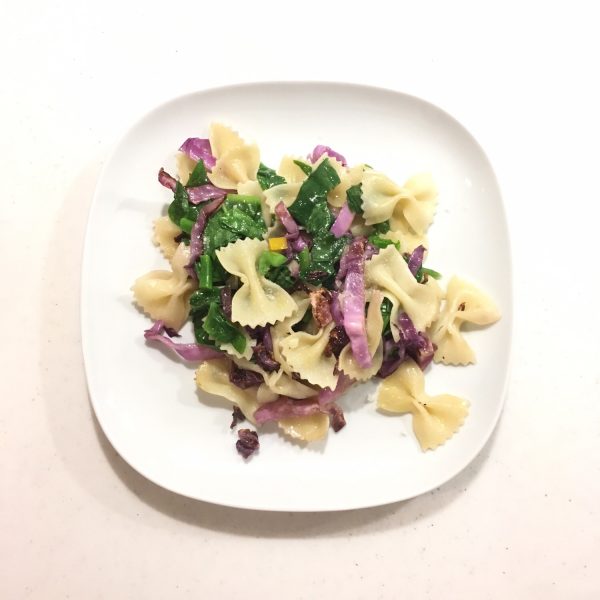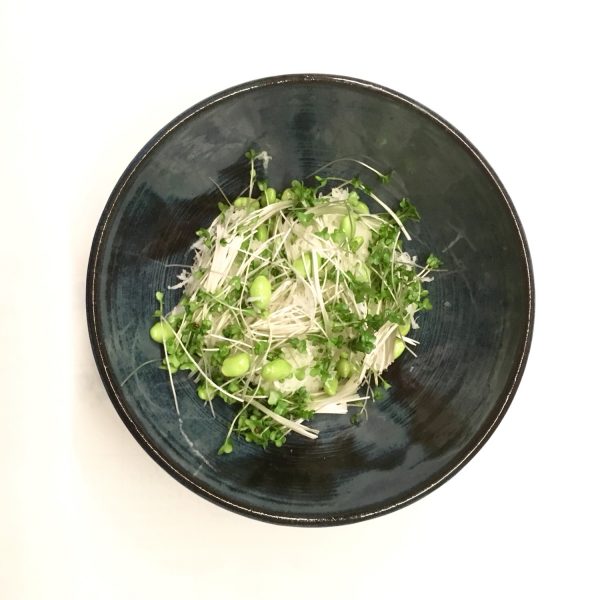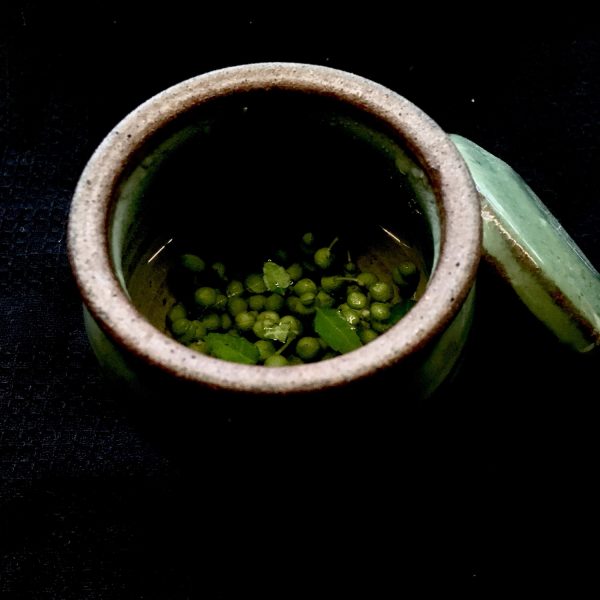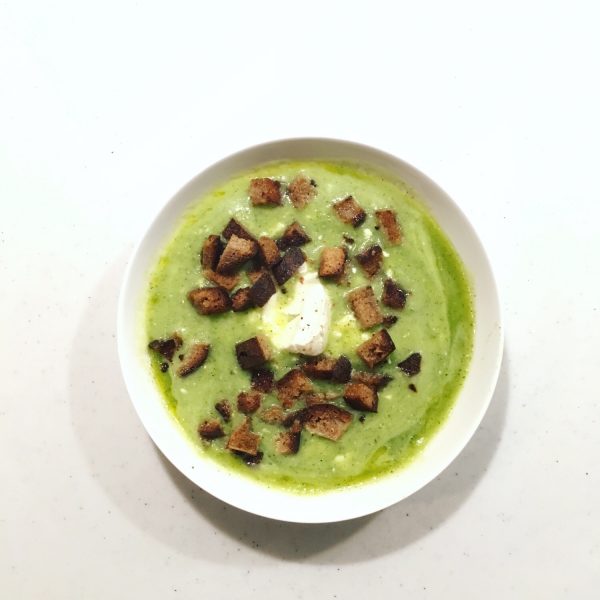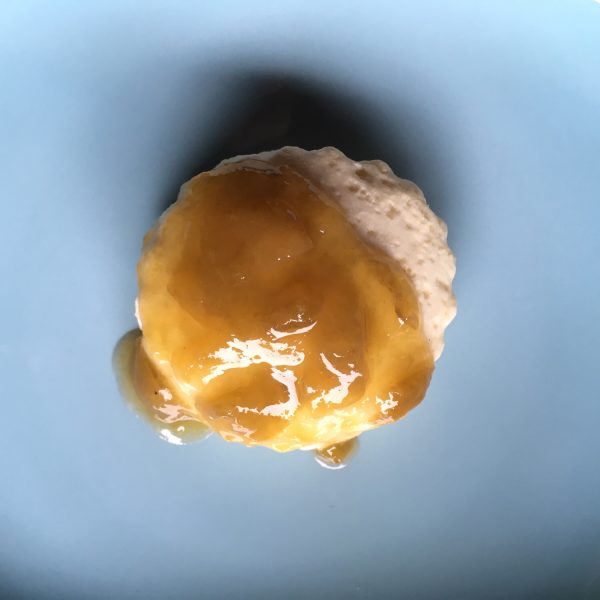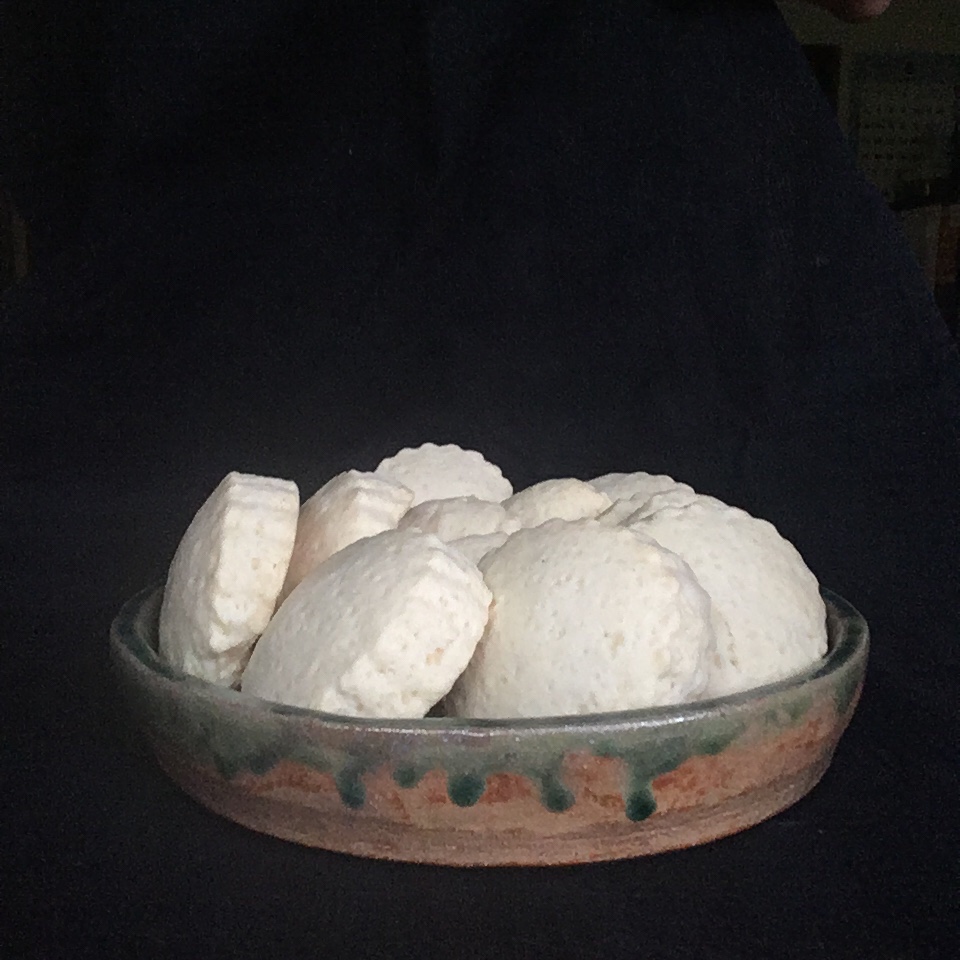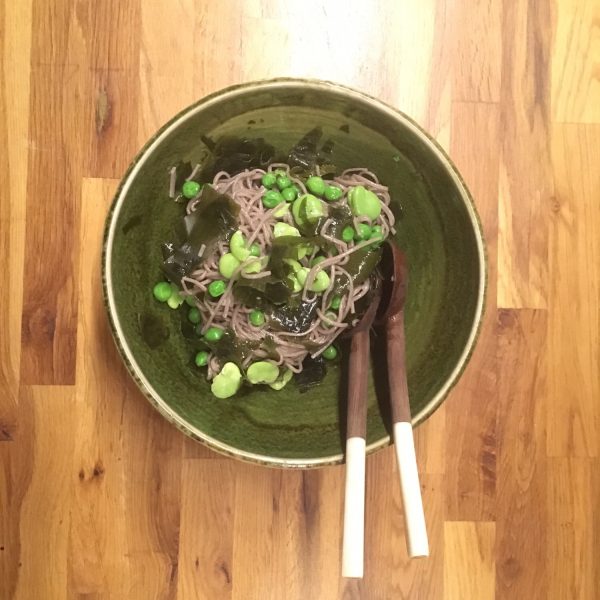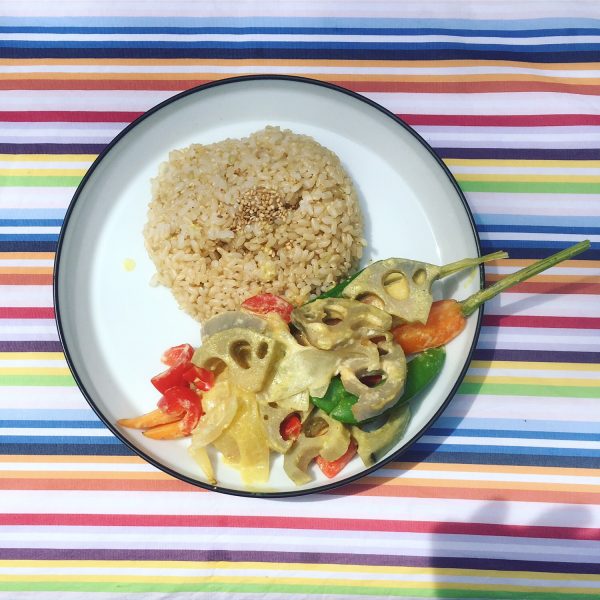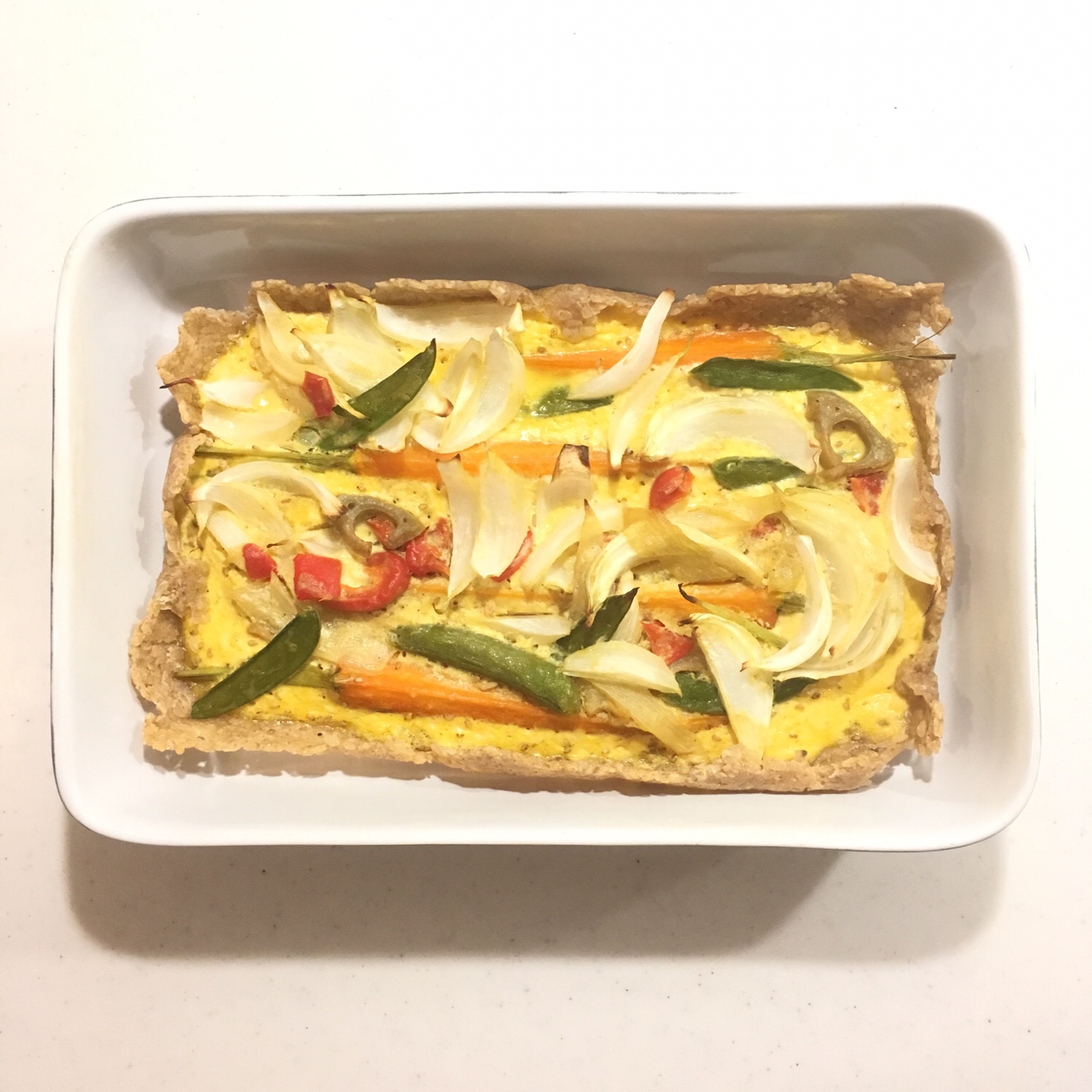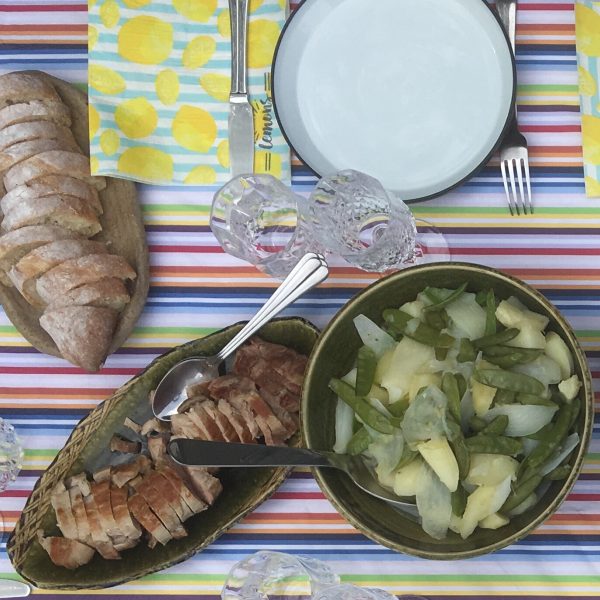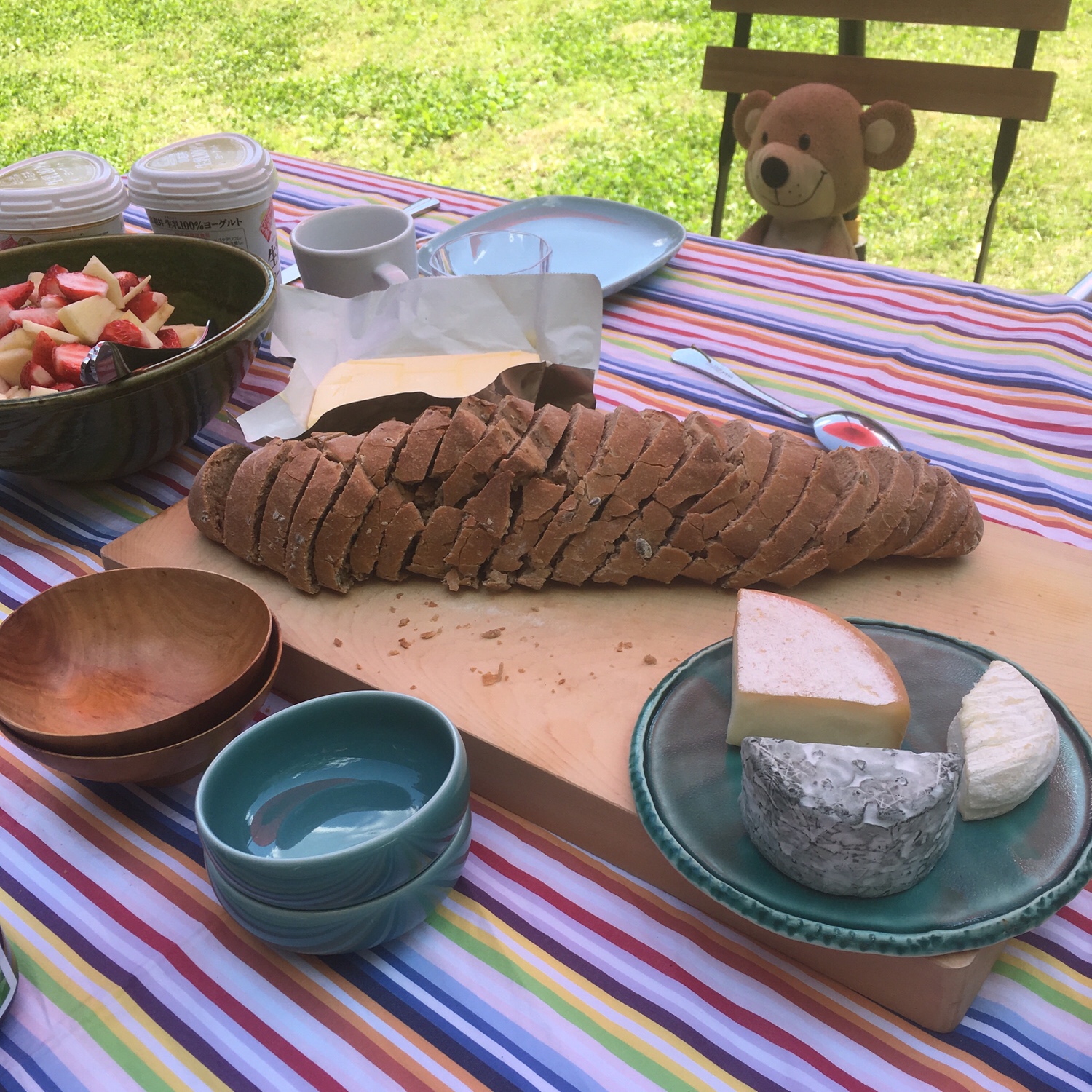I discovered this green last year at our local market, called tsurumimurasaki ツルムラサキ in Japanese, and had a crush for it… then the season passed and it was the season for other greens… and then this week Malabar spinach was on the market shelves… and I was happy to find it again, with its very grassy taste its unique texture and its beautiful color. And again I have used it intensively in the past few days.
One of my two favorite ways of cooking it is by simply sautéed it. I realize that this is mainly how I like most of my vegetables: a fry pan, a drop of olive oil or nothing and the vegetables just washed (not even dried) and cooked in their water. Malabar spinach goes well with other vegetables, potatoes, kohlrabi, tomatoes… for this recipe it was simple, just red cabbage shaved and Malabar spinach cut in pieces, a bit of olive oil, and some farfalle. A but of pepper and a bit of salt. And it was an amazing dinner.
Do you cook Malabar spinach? How do you like them?
